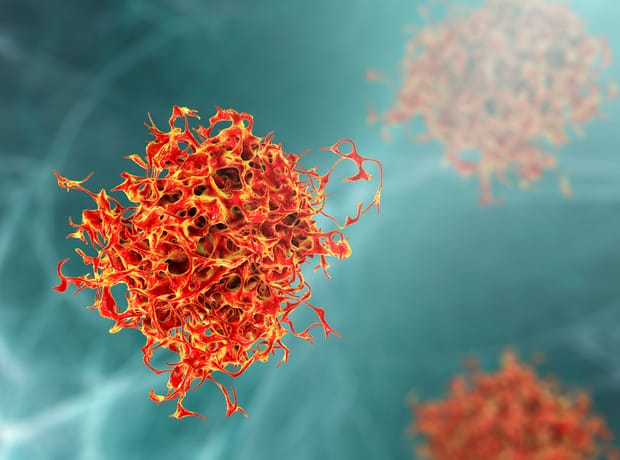Growing cerebral organoids from foetal human brain tissue
For the first time, scientists have grown cerebral organoids from human foetal brain tissue.
This is another leap in the mission to create biological neural tissues in the lab that can guide drug discovery.
New kinds of bio-computers that are more efficient than conventional computers are on the horizon.
“Until now, we were able to derive organoids from most human organs, but not from the brain — it’s really exciting that we’ve now been able to jump that hurdle as well,” Dr Hans Clevers, co-senior study author and professor of medicine at Utrecht University in the Netherlands, said.
Organoids allow you to test the effectiveness of agents in man-made faithful biological tissue, but their potential is much greater.
I don’t think we know anywhere close to what we one day will about the brain, and I have studied and taught about the brain for decades at the University of Oxford.
Inventing the wheel
To understand something incompletely doesn’t mean it can’t be put it to use.
I could give you a very reasonable explanation as to how the cerebellum enables you to ride a bike, although you don’t need a lecture from me to ride one.
My question is can you hijack the computational power of something you don’t understand?
Can you fuse silicon microchips with biological neural networks to deliver the solutions we seek in drug discovery and design?
In astonishing work, Feng Guo and his team at Indiana University Bloomington generated a brain organoid from stem cells, attached it to a computer chip, and connected their setup, known as Brainoware, to an AI tool.
They found that this hybrid system could process, learn, and remember information. It was even able to carry out some rudimentary speech recognition.
The jelly between our ears is capable of the most amazing feats, but our neural networks do tend to be lazy without teaching signals. Biological neural networks are different from microchips as they can learn though their physical reorganisation, adapting to new tasks.
So, we’re going to have two big challenges – 1. How to make the interface work and 2. How to teach it to do what we want.
Being able to benchmark an esoteric task faster than an alternative approach is interesting but not of utility when we are trying to treat our patients. Instead, we must wonder if it could do something different.
Brainoware combines brain organoids with conventional electronic circuits.
To make it, researchers placed a single organoid onto a plate containing thousands of electrodes to connect the brain to electric circuits.
The circuits, speaking to the brain organoid, translate the information they want to input into a pattern of electric pulses.
The brain tissue then learns and communicates with the technology. A sensor in the electronic array detects the mini-brain’s response, which a trained machine-learning algorithm decodes.
The neurons and electronics merge into a single problem-solving biomachine.
It is likely that such biomachines are quantum computers – one day we’ll be able to ask them.
Dr Joe Taylor is Principal at Candesic and Dr Leonid Shapiro is Managing Partner at Candesic. Go to candesic.com





